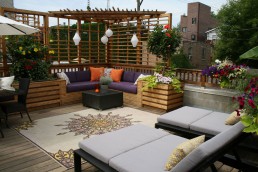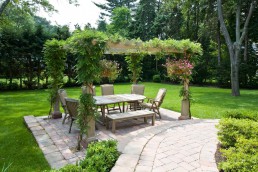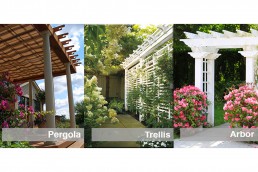Garden Structures: Top 5 Most Popular
Anyone who has ever been into the garden section of a home supply store has probably heard the term “gazebo” before. If you were pressed, however, to define exactly what a gazebo is, or even how it differs from a pergola, would you be able to? Before deciding on the right solution for your backyard space, it is important to know the difference between the various garden structures on the market today. The following is a quick overview that will have you spotting the differences between a pergola and a patio cover in no time.
Gazebos
Gazebos are often confused with pergolas, but are actually quite distinct structures.
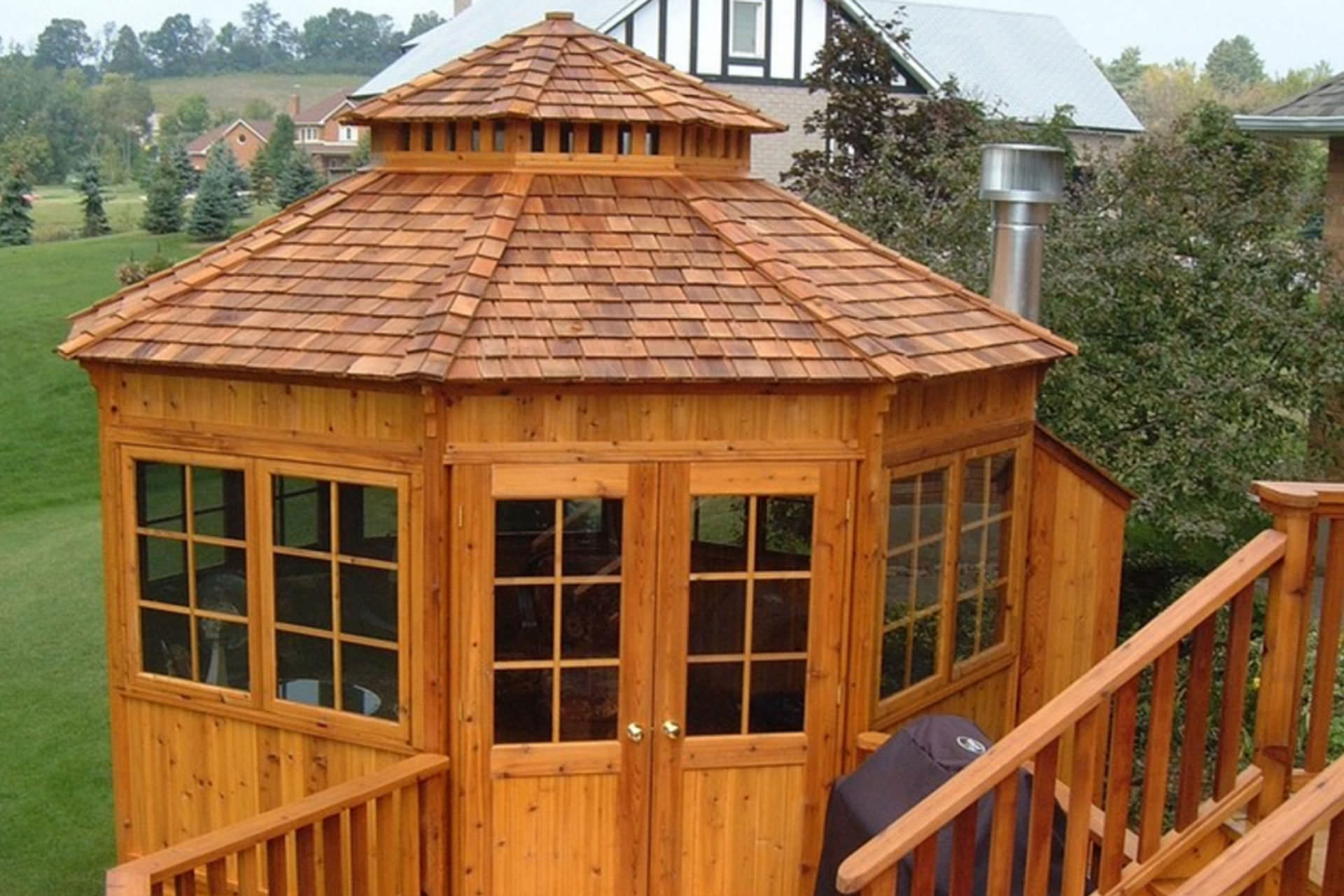
Traditionally, a gazebo is a freestanding structure with eight sides. It typically sits by itself in an open space, creating a small shelter in an outdoor area. A gazebo often has a steeped or pitched roof and its sides are always open so that it offers an in obstructed view.
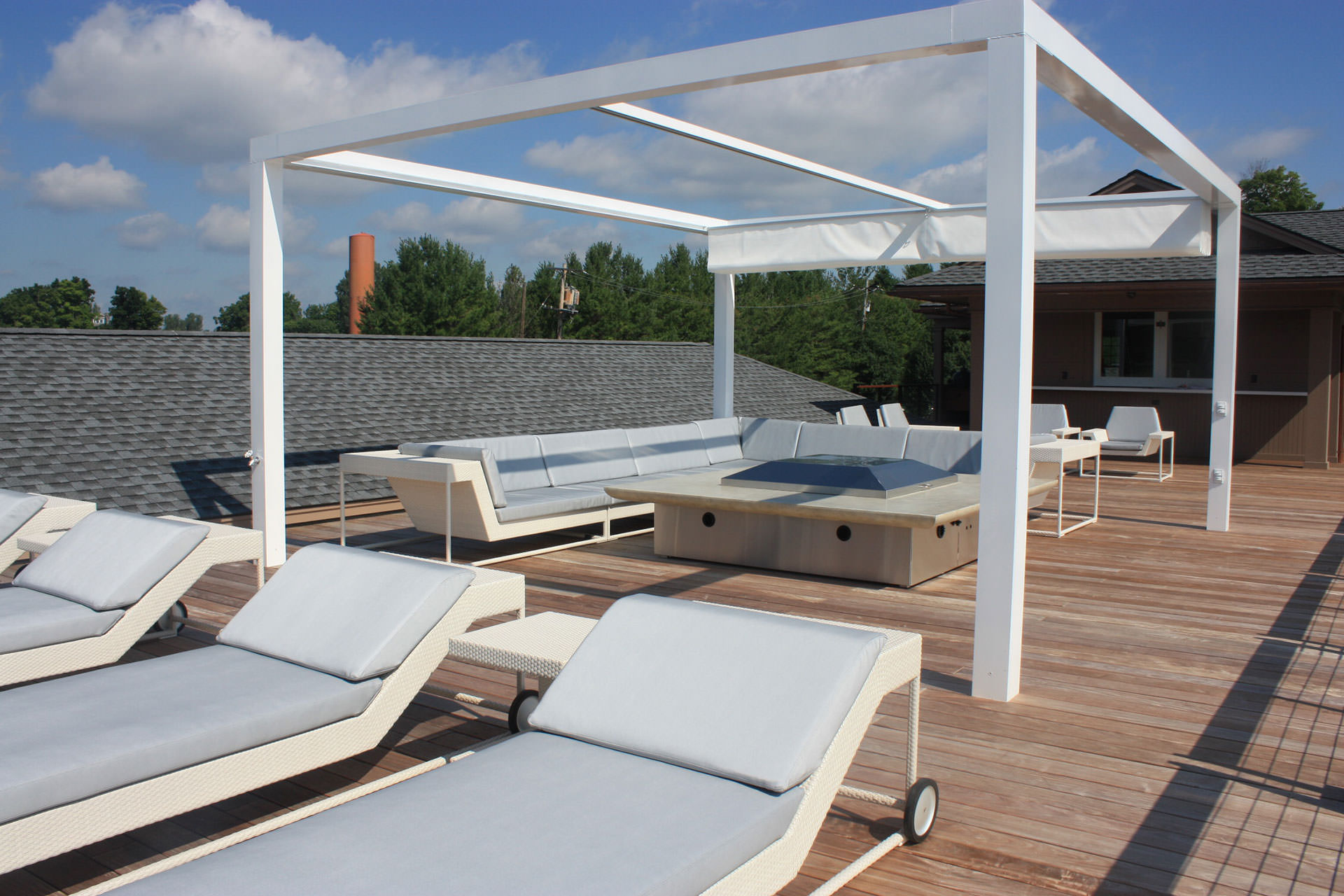
You may also come across the term “modern gazebo.” These structures are lighter weight than traditional gazebos, have four (versus eight) sides, and often feature aluminum structures.
Pergolas
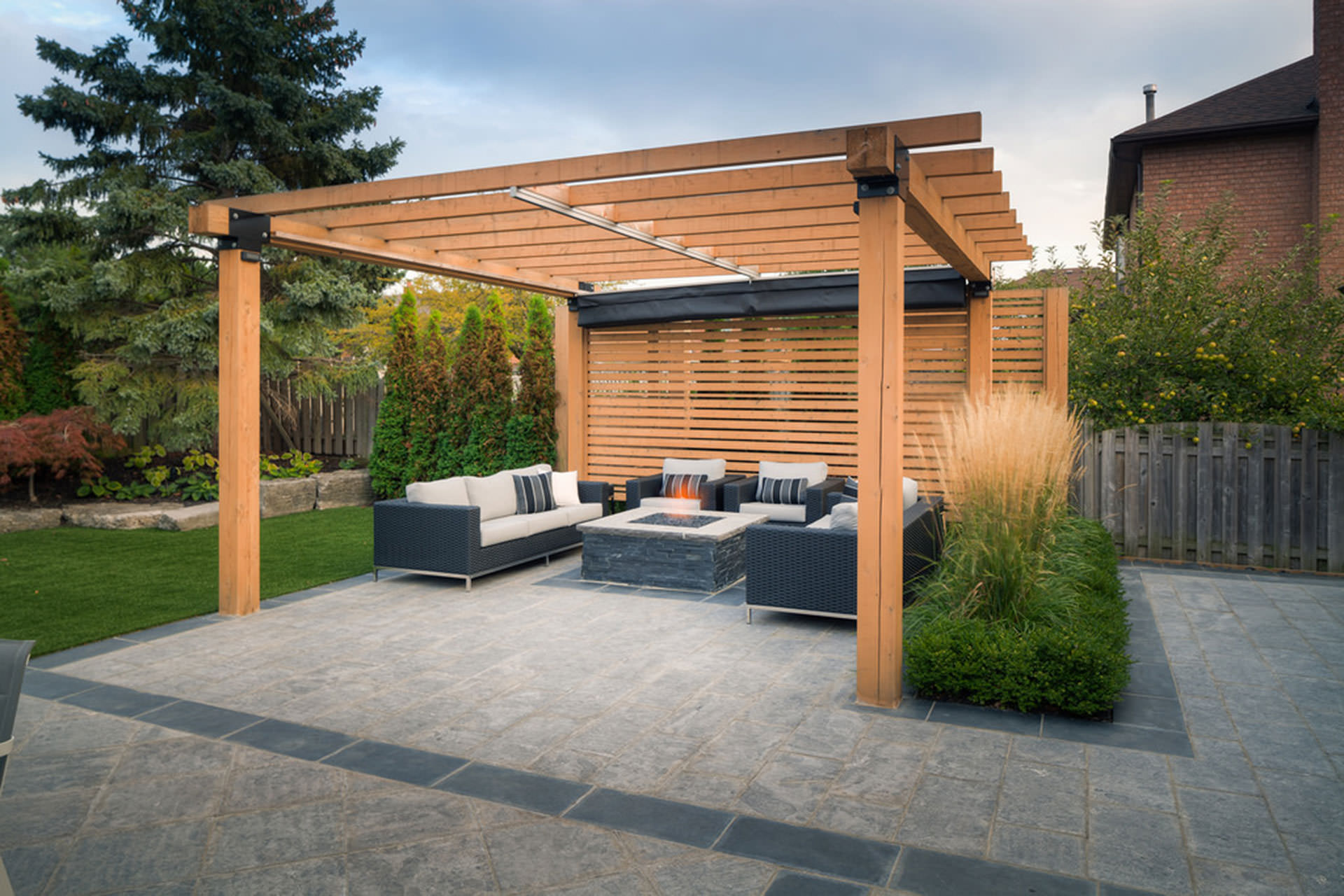
Pergolas are also freestanding structures, but consist mainly of four columns or posts and a top frame built on a square or rectangle layout. Pergolas resemble gazebos in that they offer an unobstructed view of an outdoor space. These garden structures are sometimes paired with retractable canopies and curtains, providing shade and privacy for anyone inside.
Arbors, which are sometimes referred to as pergolas, are smaller structures primarily dedicated to providing support to a winding plant or vine. In addition, many backyard enthusiasts also like to utilize trellises. These flat pieces of lattice are typically placed against a wall to provide a structure for growing vine plants.
A ramada is also similar to a pergola, but features a solid roof.
Patio Covers
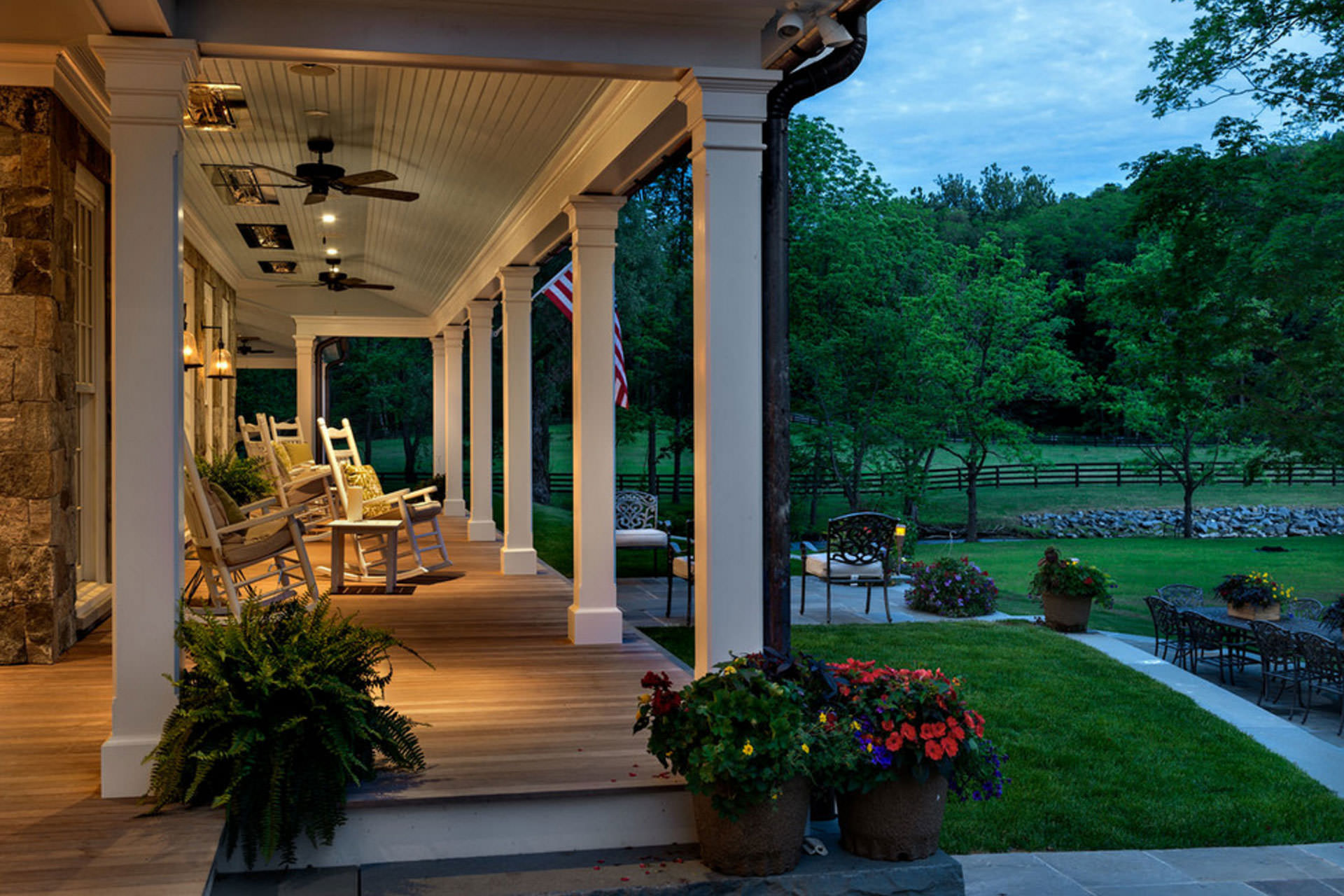
Patio covers can look very much like a pergola that is attached directly to a house. The “roof” of these structures extend straight out from a building and is supported at the far end by two columns or pillars. They can have solid roofs or open, beamed tops like a pergola.
Greenhouses
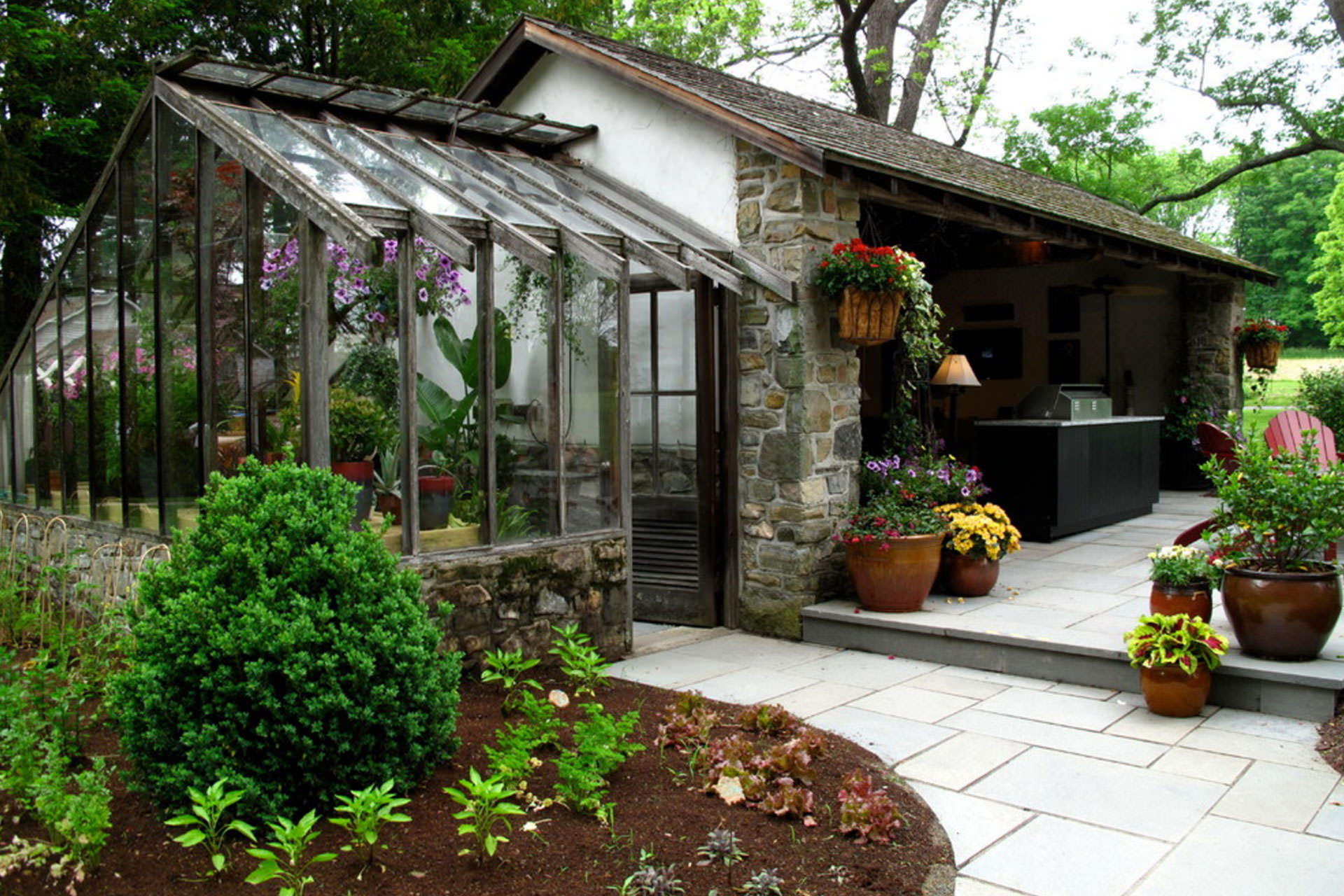
Greenhouses are freestanding, walled structures, with glass walls and a glass roof used for growing plants and flowers. The glass allows the plants to get the nutrition they need from the sun, while allowing a gardener to maintain a controlled environment.
Pavillions
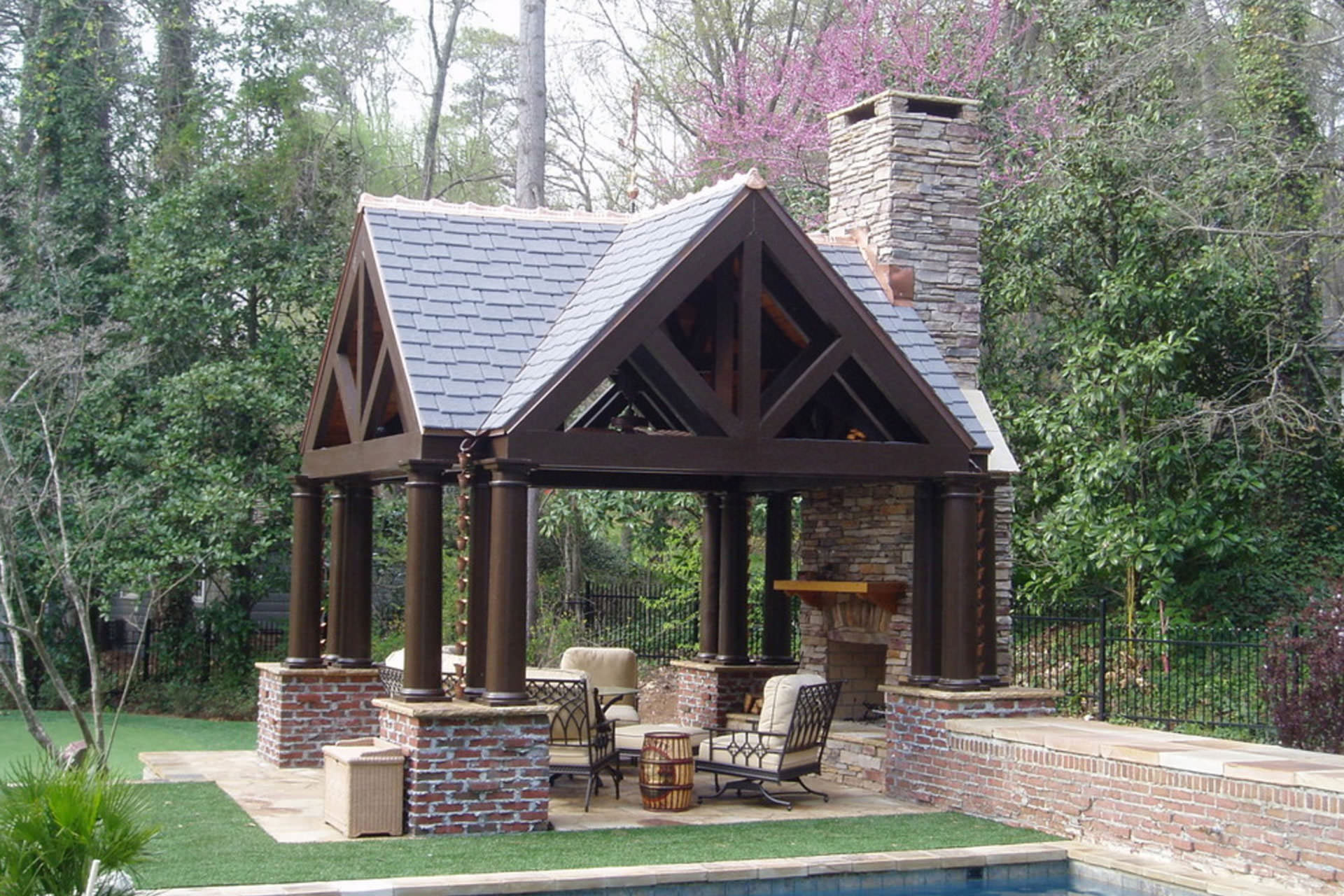
A pavillion is a tent or light structure like what one might see at a wedding, party, or community event. A pavillion has a pitched roof structure and is often used as an ornamental structure, though some pavilions can be more permanent and solidly built.
Outdoor garden structures provide a range of options for the backyard enthusiast, giving you solutions that can address everything from shade to gardening and entertaining. It is important to understand the difference between the available garden structures to ensure that you choose the appropriate one to satisfy your outdoor living needs.
Retractable Solutions for Outdoor Spaces
Please complete the form below to download our free eBrochure.
Price List included

